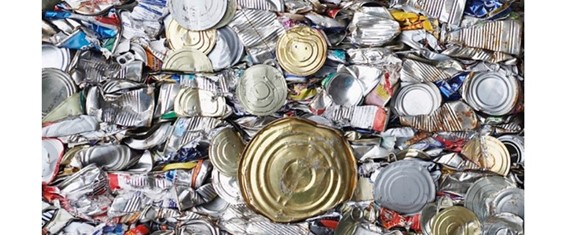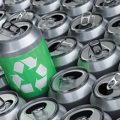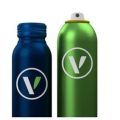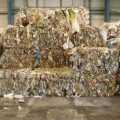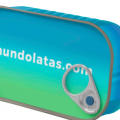Rewarding US consumers for recycling their beverage cans. This is the initiative that the state of California, in the western US, is currently promoting. It currently has a stockpile of $600 million in unsigned deposits of recyclable aluminum cans and bottles, of which it now wants to return a portion to users.
To achieve those goals, the California administration has established a plan to get the state’s 40 million residents to recycle more and return more deposits to them by temporarily doubling the rebate for a 355-milliliter bottle or can to ten cents. For now, California pays 10 cents on the dollar for containers over 24 ounces and that would temporarily double to 20 cents. This major boost would place California among the states with one of the highest paying recycling programs in the United States.
Rachel Machi Wagoner, director of the California Department of Recycling and Resource Recovery, notes that “the effort would help California return to being the recycling leader it was 35 years ago, when it started its cash rebate program.”
In California, when someone buys a full-size soft drink, there is a 5-cent charge that can be recovered if the container is returned for recycling. However, the charge for the deposit would remain the same, while the amount of the refund would increase by double. The main objective is to raise the recycling rate of beverage containers from 70% to at least 80%.
Jamie Court, president of the consumer advocacy group Consumer Watchdog, notes that “the plan is a very positive step and a bold proposal to give people their money back,” adding that “that money is not doing anyone sitting in the bank any good. We need a complete structural fix, but this is a good intermediate step.”
Although the U.S. states of Oregon and Michigan also offer 10-cent rebates, the amount for aluminum cans and other beverage containers has been enough for consumers to recycle at least nine out of 10 containers.

